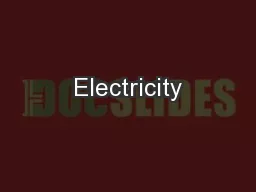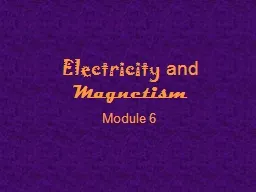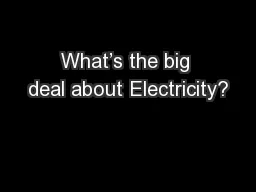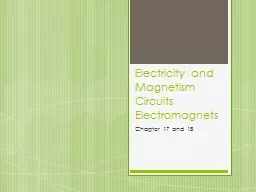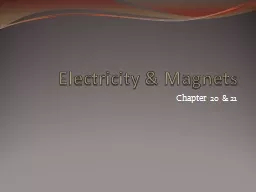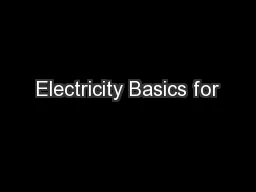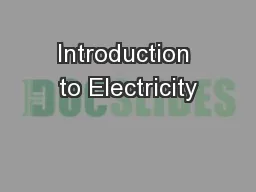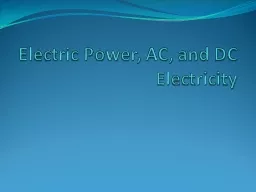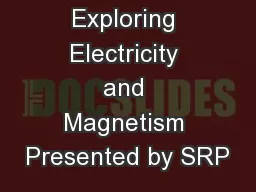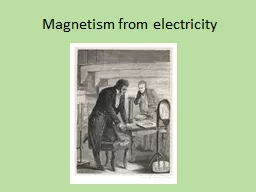PPT-Chapter 34 – Current electricity
Author : grace3 | Published Date : 2023-06-24
The Physical World Building Blocks Objectives To help students understand construct and draw some simple electric circuits To ensure that students know how to
Presentation Embed Code
Download Presentation
Download Presentation The PPT/PDF document "Chapter 34 – Current electricity" is the property of its rightful owner. Permission is granted to download and print the materials on this website for personal, non-commercial use only, and to display it on your personal computer provided you do not modify the materials and that you retain all copyright notices contained in the materials. By downloading content from our website, you accept the terms of this agreement.
Chapter 34 – Current electricity: Transcript
Download Rules Of Document
"Chapter 34 – Current electricity"The content belongs to its owner. You may download and print it for personal use, without modification, and keep all copyright notices. By downloading, you agree to these terms.
Related Documents


